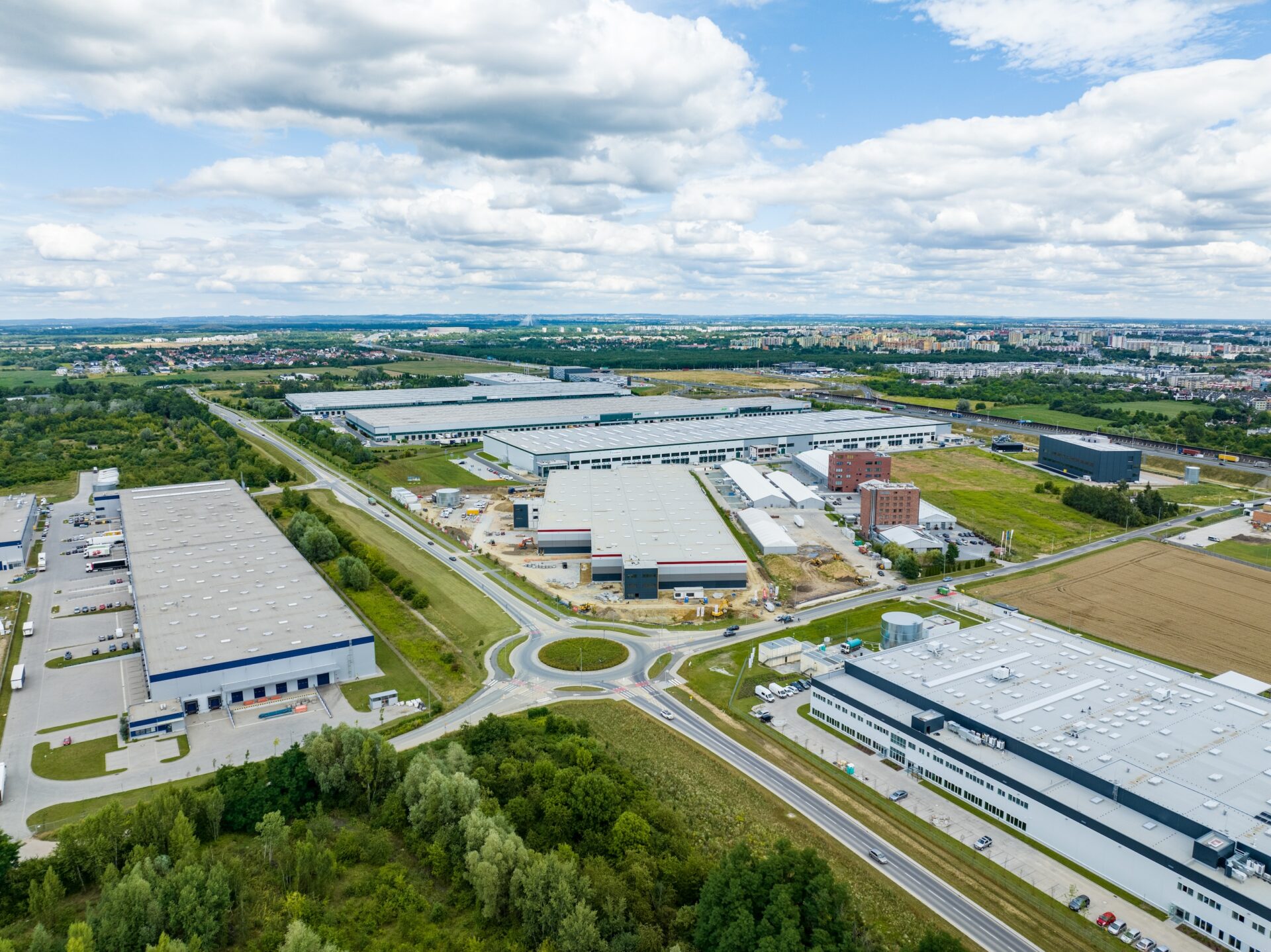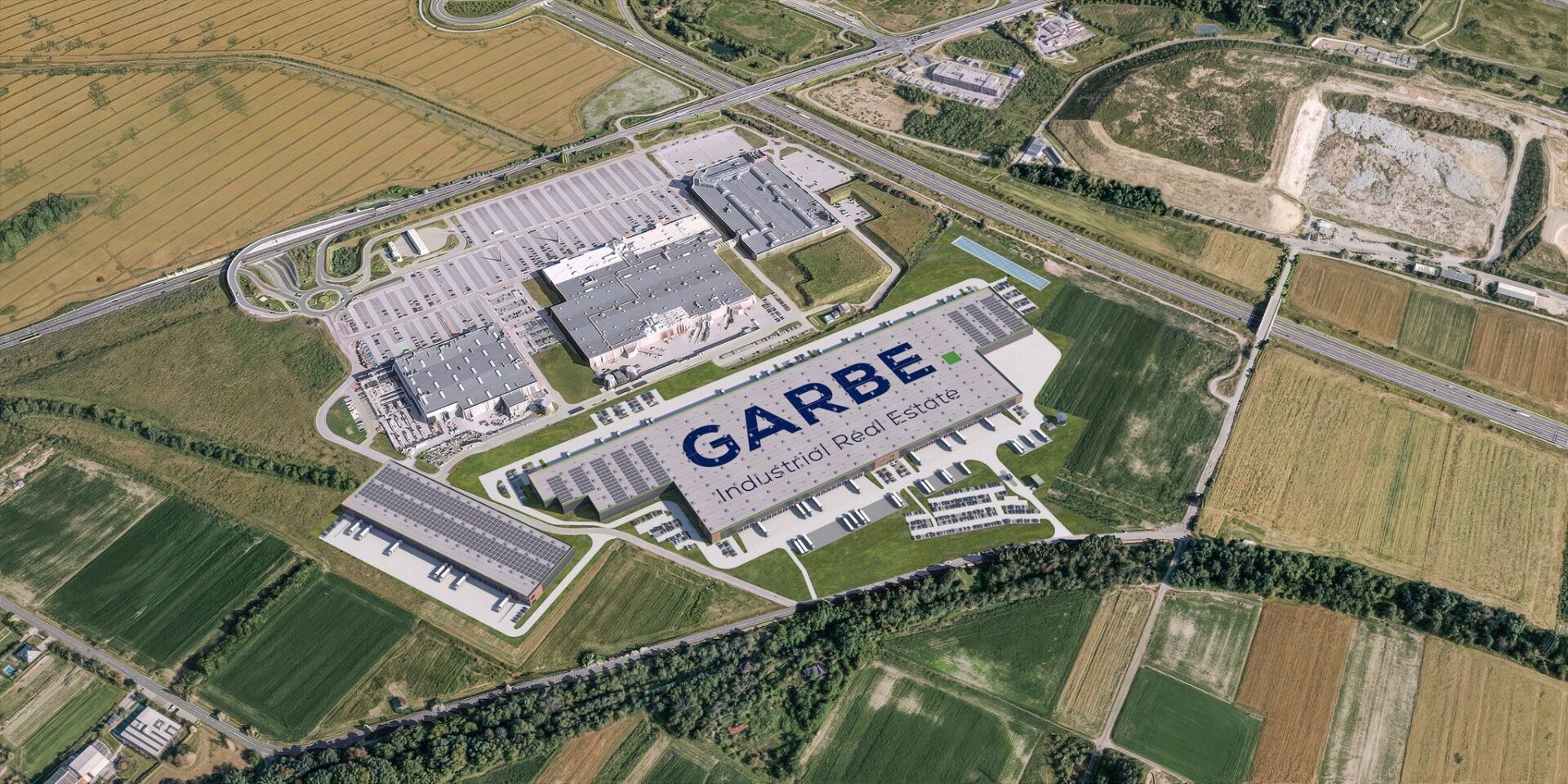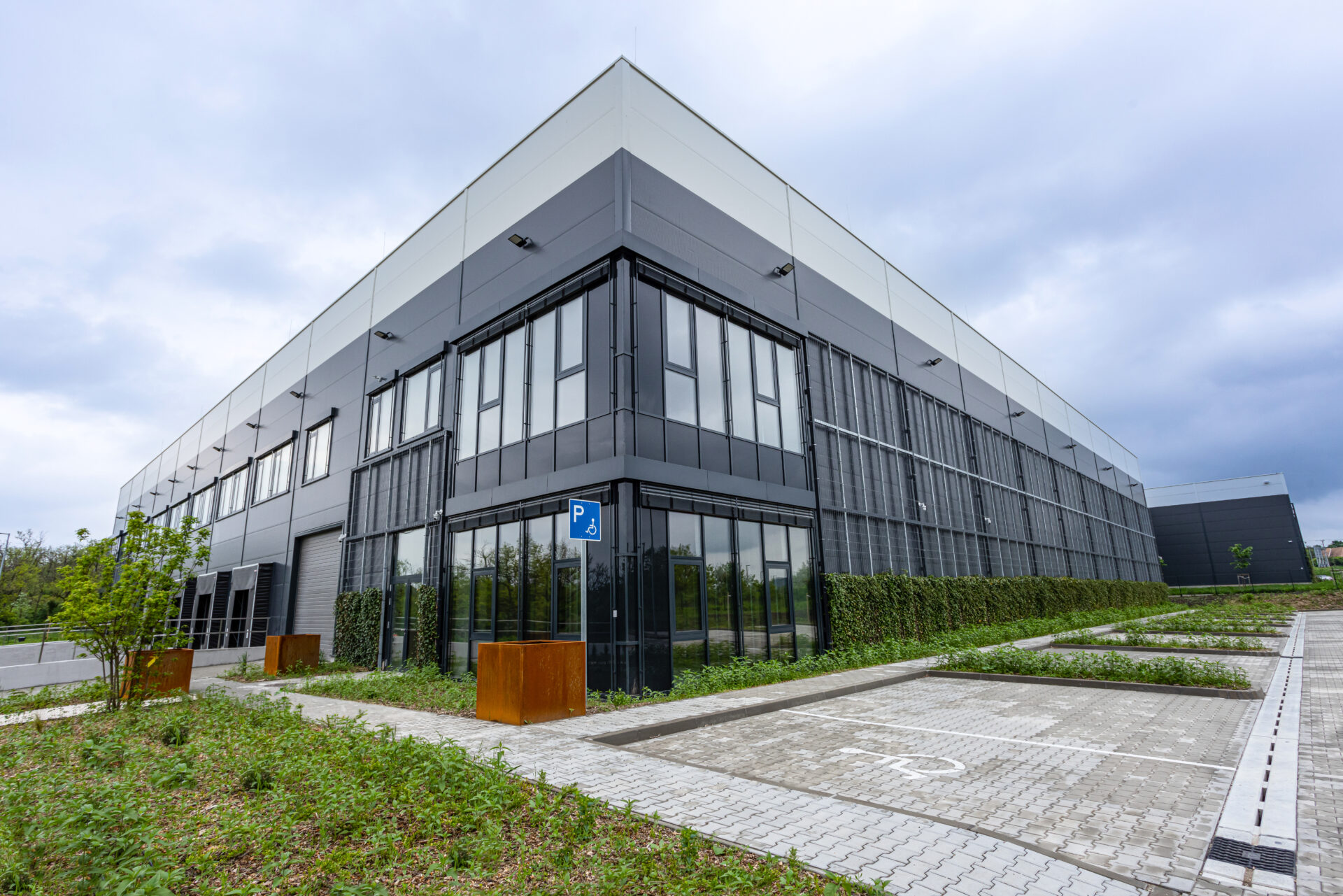The warehouse and logistics space sector in Poland maintained its high growth rate in 2021. The results included, among others, record amounts of new space delivered to the market, a record number of sqm under construction, as well as a record demand. Summing up last year, experts from BNP Paribas Real Estate Poland highlight the influence of e-commerce on the situation of the whole sector, the increasing interest of logisticians, developers and investors in ecological issues. They also point out the bottlenecks such as rising construction costs, difficulties in materials supply, limited land availability and an increasing shortage of qualified workers.
BNP Paribas Real Estate Poland’s latest report on the industrial and logistics sector, reveals that the market is fast approaching 24 million sqm of existing space. Currently, there is more than 23.8 million sqm of warehouses in Poland. The healthy condition of the sector and its optimism are also evidenced by record construction traffic. At the end of last year, work was underway on facilities with a total area of more than 4.6 million sqm. In comparison, this is more than twice the result achieved at the end of 2020 (2 million sqm on construction sites) and at the end of 2019 (1.9 million sqm).
Poland’s booming warehouse market in 2021 saw record gross demand for more than 7.3 million sqm of space, which was 40 percent better than in 2020 and as much as 80 percent higher than in 2019. The authors of the report calculated that despite the huge supply and millions of square metres under construction, the vacancy rate at the end of last year stood at only 3.9 percent. This was significantly lower than that of the end of 2020 (6.9 percent) or the end of 2019 (7.4 percent).
The second year of the pandemic and the general economic slowdown were also record-breaking in terms of the supply of new facilities as over 3 million sqm of space was added to the market in twelve months, by 300,000 sqm more than in the previously unprecedented year of 2019.
“It is clearly visible today how much the business success of many companies is determined by efficiently organised logistics and appropriate warehouse facilities. We should add that these are companies of diversified sizes, operating in different industries. The logistics and warehouse real estate sector are once again recording unparalleled growth, going hand-in-hand with the e-commerce segment that is on the rise,” says Igor Roguski, Head of the Industrial and Logistics Department at BNP Paribas Real Estate Poland.
The authors of the report point out that in the last two years, the biggest reshuffles in terms of new space were observed in the western part of Poland and in the Tricity region, as both hubs increased their resources by 93 percent and 61 percent respectively.
“This year opens very good perspectives for smaller emerging markets. The region centred around Bydgoszcz and Toruń, where today more than 230,000 sqm of warehouses are being built, will soon increase its resources by 56 percent. An excellent result can also be expected in the north-west of the country, wherein the vicinity of Szczecin, 385,000 sqm of modern space is currently under construction, which will soon increase the existing volume by over 40 percent,” adds Małgorzata Fibakiewicz, joint author of the report, Head of Business Intelligence Hub, BNP Paribas Real Estate Poland.
In terms of the amount of space under construction, the region of Central Poland is leading, with almost 850,000 sqm of space under construction at the end of December. This results in a 111 percent improvement over what was reported at the end of the third quarter.
Some of the largest facilities completed last year included a 190,000 sqm BTS in Świebodzin, built for Amazon by Panattoni, a 112,000 sqm Hillwood Rokitno complex and a similar-sized facility at GLP Lędziny Logistics Centre.
Experts from BNP Paribas Real Estate Poland emphasise that these strong results and even better forecasts were influenced to a large extent by the continuing growth of the e-commerce segment.
“Warehouses are driving e-commerce and logistics. We have well entered the era of fast deliveries made within 48 or even 24 hours. Consumers’ desire to reduce waiting times for their online purchases will translate into new distribution centres sprouting up on the outskirts as within the city limits,” says Robert Pawłowski, Associate Director, Industrial and Logistics Department, BNP Paribas Real Estate Poland.
The report also addresses the factors that could result in a slowdown in the sector’s growth momentum. At the forefront of these factors, there are rising construction costs and problems with materials supply, which in turn generate risks of delays, as well as increasingly difficult or expensive access to land that does not require investment in its preparation to launch projects. Finding appropriately skilled workers, including warehouse workers, forklift operators, freight forwarders or team leaders is also very high on the list of challenges.







